Vedanta in Bengal
Though Bengal is proud of having produced the great Vedantin Madhusudana Saraswati in the sixteenth century, Swami Vivekananda lamented in 1888. 'The Vedas may well be said to have fallen quite out of vogue [in Bengal].' And it was Swamiji's desire to revive the study of the Vedas and Vedanta in this part of the country. The present volume, Vedanta in Bengal, by Dr. R. K. DasGupta, is based on twelve thought-provoking lectures given by the author at the Ramakrishna Mission Institute of Culture. These lectures give a brief survey of the influence of Vedanta on Bengal's religious and philosophical thoughts from the Pala-Sena period to the modern era, and they point to the undeniable fact that Vaishnavism, Shaktism, the Brahmo Movement, the Ramakrishna-Vivekananda Movement, and other religious movements in Bengal all had their foundation in Vedanta. The author focuses his attention first on 'vernacular Vedanta', which first appeared in the literary and philosophical history of the country in the South in the eighth and ninth centuries in the Tamil Vaishnava songs of the Alvars. This movement became manifest later in Bengal in the songs of Vidyapati, Chandidas, Ramprasad, and others, as also in the Baul songs and in the writings of Bankimchandra and others; and the author has shown how it imperceptibly but convincingly acted on the great minds of Ramanuja in the South and Rammohun Roy, Ramakrishna, Rabindranath, and Aurobindo in Bengal. The pervasive influence of Tantra on the Bengali mind notwithstanding, it is Vedanta-either Dvaita or Advaita or both-that has spread its influence the most. Vedanta has without doubt, contributed to a distinct attitude of mind, a spiritual temper, and a whole outlook on life which is reflected in the writings, songs, and kathakata of the people of Bengal. Tracing the development of 'vernacular Vedanta', mentioned above, the author observes that in the period of Caitanya, Vedanta emerged as a philosophy of bhakti of Dvaita Vedanta. He also notes that the Vedantic renaissance as presented by Rammohun was not Shankara's monism, for Rammohun held that the highest religion of the Upanishads was 'monotheistic, this worldly and not outworldly'. The Vedanta of Rammohun's contemporary Mrityunjay Vidyalankar also was a theistic Vedanta; and Devendranath too rejected the doctrines of monism, Incarnation, and Maya (illusion). Contrary to popular belief, the author asserts that Keshab did not Christianize the Brahmo Dharma. Keshab was a Vedantin, but to make the Brahmo Movement universal he introduced some popular features. Though nurtured in the spirit of Vedanta that is peculiar to Bengal and which permeates its life, Sri Ramakrishna realized the truth of Advaita Vedanta under the tutelage of a traditional teacher, Totapuri. According to the author, Sri Ramakrishna's Vedanta was many-sided, yet he taught his disciples Dvaita-bhakti Vedanta. The author also contends that it was Vivekananda's belief that Vedanta was an much monistic as dualistic and that Swamiji was both a Shankarite. But the author also points out that Vivekananda held Advaita to be the summum bonum of man's spiritual life even though he believed that Advaita was not the only philosophy of the Upanishads or of Vedanta.
Get it now and save 10%
BECOME A MEMBER

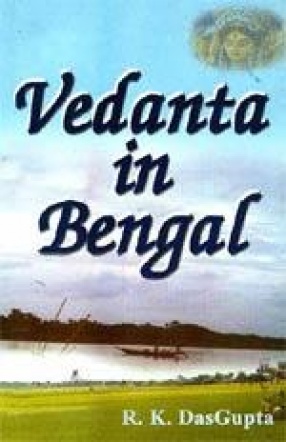
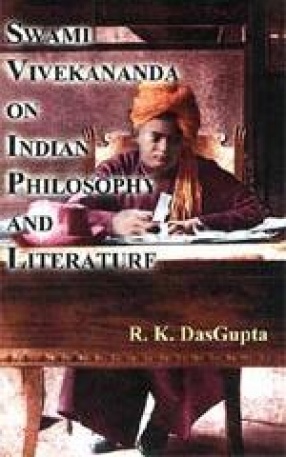
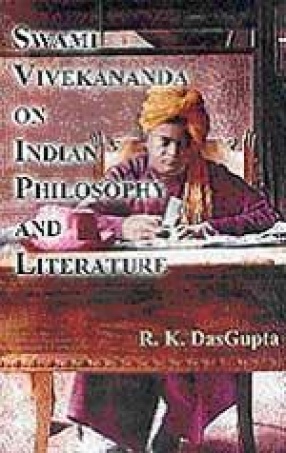
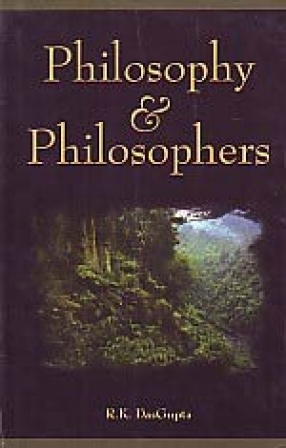


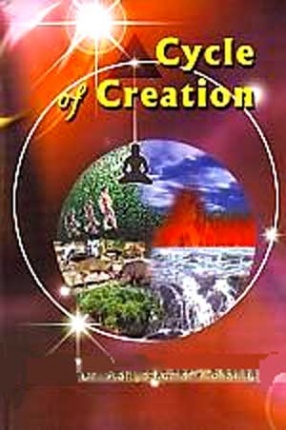
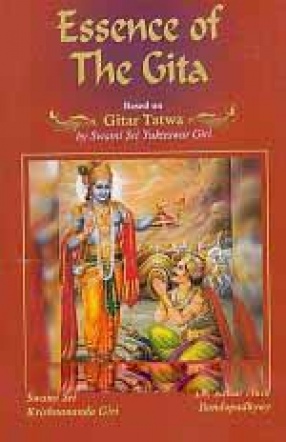

Bibliographic information